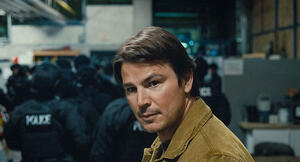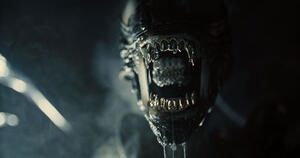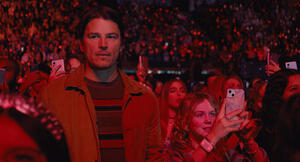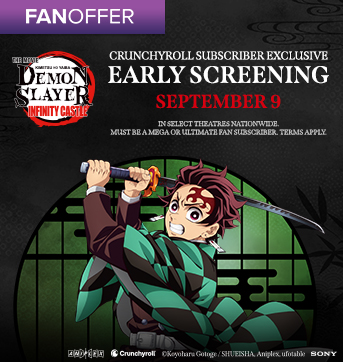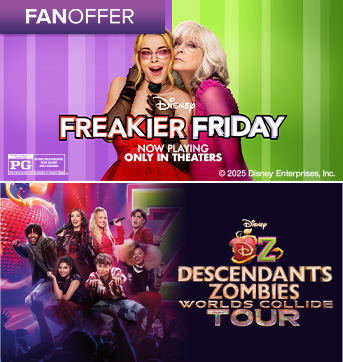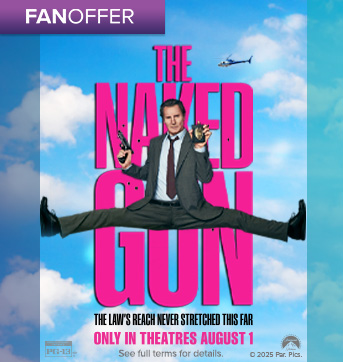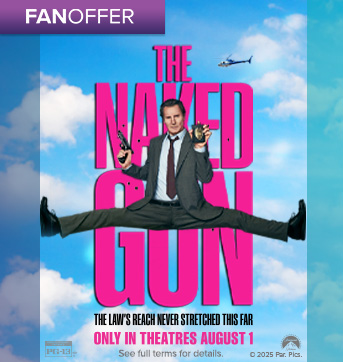
Like successful action blockbusters, breakout horror hits inspire sequels, prequels, and remakes. For fright flicks, however, rebooting the terror poses unique challenges, especially if the villain -- often the most memorable character -- was already dispatched to oblivion at the end of the original.
How have classic horror series overcome this obstacle? Let's take a look at four examples over the years and examine their strategies, for good and for bad.

Tobe Hooper's 1974 original was made independently and had difficulty securing distribution due to its disturbing content. Very little explicit violence is shown on-screen, but the shocking premise that innocent strangers might be captured by a family of cannibals, impaled on meathooks and chased by a maniac with a chainsaw provoked intense reactions by moviegoers -- and tremendous word of mouth.
Hooper returned 12 years later to direct a sequel filled with gore and black comedy, and two more sequels followed, the latter of which featured Matthew McConaughey and Renee Zellweger early in their careers. Michael Bay's production company Platinum Dunes took charge of a 2003 remake that was far more intense than its generally poor critical reputation might suggest; the film was set in 1973 and followed the same basic story, though it left out any suggestion of humor in favor of more graphic violence. A prequel in 2006 poured on more gore but was unable to cobble together a story that made sense.
Texas Chainsaw (2013) was utter nonsense, positioning itself as a direct sequel to the original film without ever explaining how it takes place in the 21st century. Even if one could swallow that silliness, further inexplicable narrative twists awaited, revealing how difficult it is to reboot inimitable terror.

John Carpenter's film carved a unique place in horror history in 1978, slicing its way into the national subconscious with a suspense-filled night of terror that many have tried -- and failed -- to imitate. Neither an earnest direct sequel in 1981, nor an under-appreciated stand-alone installment in 1982 were able to recapture the magic.
The fourth and fifth entries again focused on Michael Myers, and endeavored to prolong the series by coming up with a possible "heir" to the serial killer -- an idea that was ultimately dropped. The sixth installment diverged even further from the original storyline in an attempt to open up the way for futher sequels. Those ideas were dropped in the next two sequels, which endeavored to serve as direct sequels to the first two films in the series. (We know -- it's complicated!)
Rob Zombie's 2007 version was the first true reboot / remake, as Zombie delved far further into Michael Myers' famlly life as a young person. While Zombie clearly felt great empathy with the characters, his reboot veered into odd and very discomfiting territory for a movie about a serial killer stalking teenagers. Plans for a new version from a new director remain up in the air as of this writing.

Frankly, the first film rather shamelessly borrowed moments from all kinds of scary (and superior) predecessors, but its basic premise -- kids at summer camp stalked by a relentless silent killer -- has proven to be incredibly resilient. In fact, the first three sequels simply repeated the formula, to diminishing returns. Friday the 13th: Part V - A New Beginning endeavored to change things up by moving the setting away from Camp Crystal Lake and introducing a new killer, to mixed results.
The next installment, Friday the 13th Part VI: Jason Lives, brought back the now legendary character and added a plot twist that, at minimum, explained why he could keep returning after, apparently, being killed multiple times. Even better, the film was infused with a moderate sense of humor, which freshened up the franchise. A similar darkly comic tone was evident a few sequels later, in Jason X, which sent Jason Voorhees into space in the year 2455.
When it came time for a reboot in 2009, the path chosen was more serious. Cherrypicking key moments from the first four installments, the film ramped up the gratuitous sex and made the violence even more horrifying. In the face of a generally middling reaction, any thought of a direct sequel was shelved. Another reboot now appears to be on its way.

Wes Craven's diabolical and extremely bloody film touched nerves, in part because it revolved around a universal fear: falling asleep and never waking up. (Oh, and dying a horrible, torturous death at the hands of a malevolent slasher simply added to the nightmare.) The first sequel missed the mark, but A Nightmare on Elm Street 3: Dream Warriors, featuring a script co-written by Craven, wisely added new elements -- a more mocking comic tone for Freddy Krueger, for one thing -- to reinvigorate the series.
The next three installments became progressively sillier, however, until Wes Craven's New Nightmare (1994) rebooted the very idea of horror movies, merging dreams, nightmares, and an alternate version of Hollywood into a psychological thriller surging with social commentary.
Nearly 20 years would pass before another reboot attempt was made. 2010's A Nightmare on Elm Street reworked the original story with darker intent, but its very solemn tone made it a chore to watch and failed to engage audiences as fully as anticipated.

